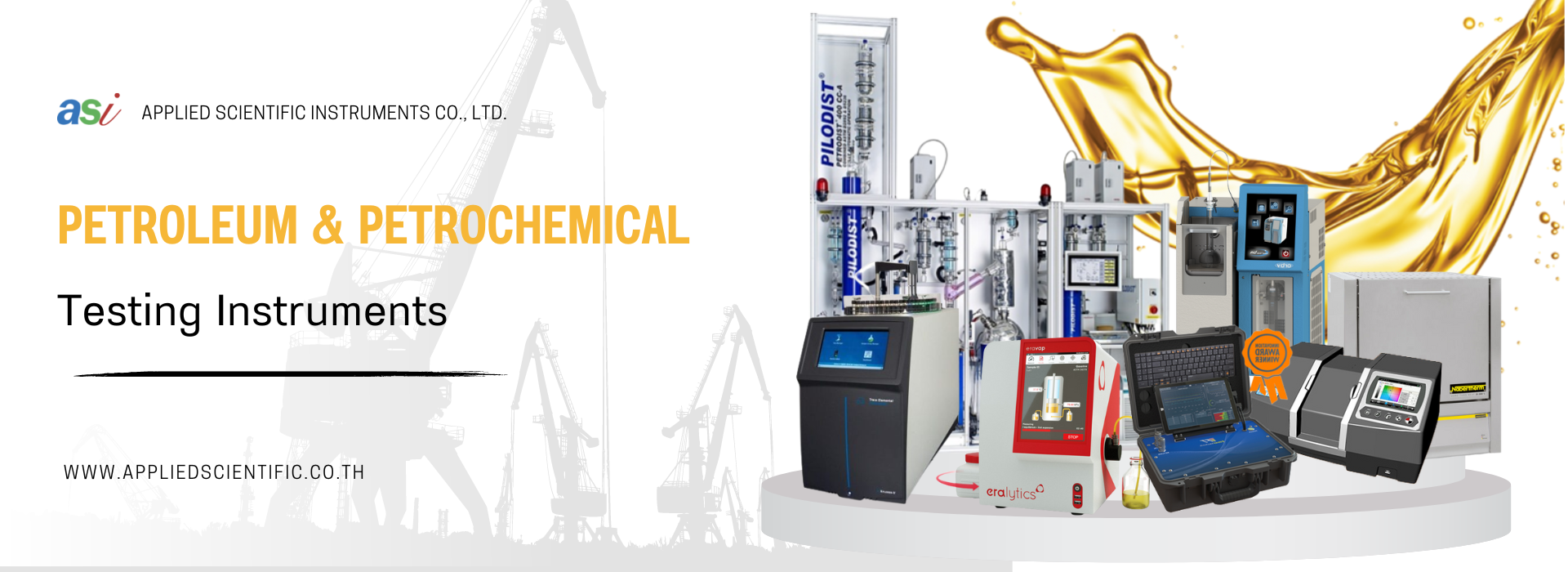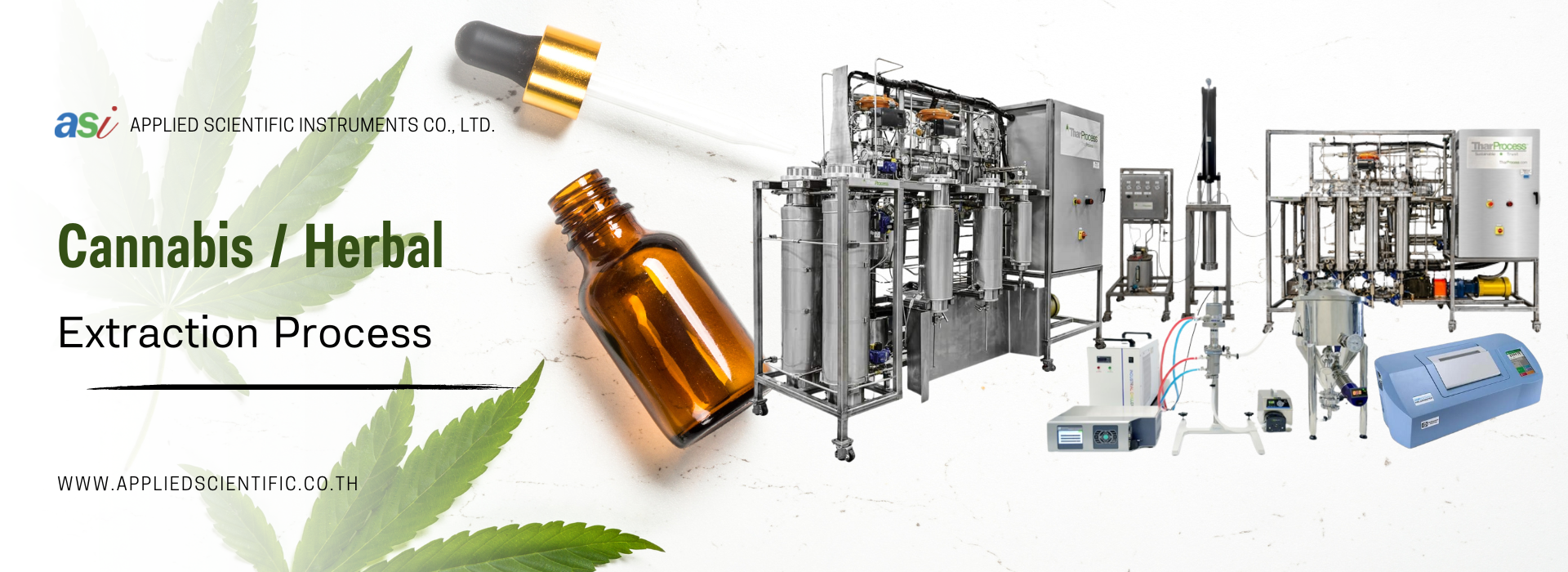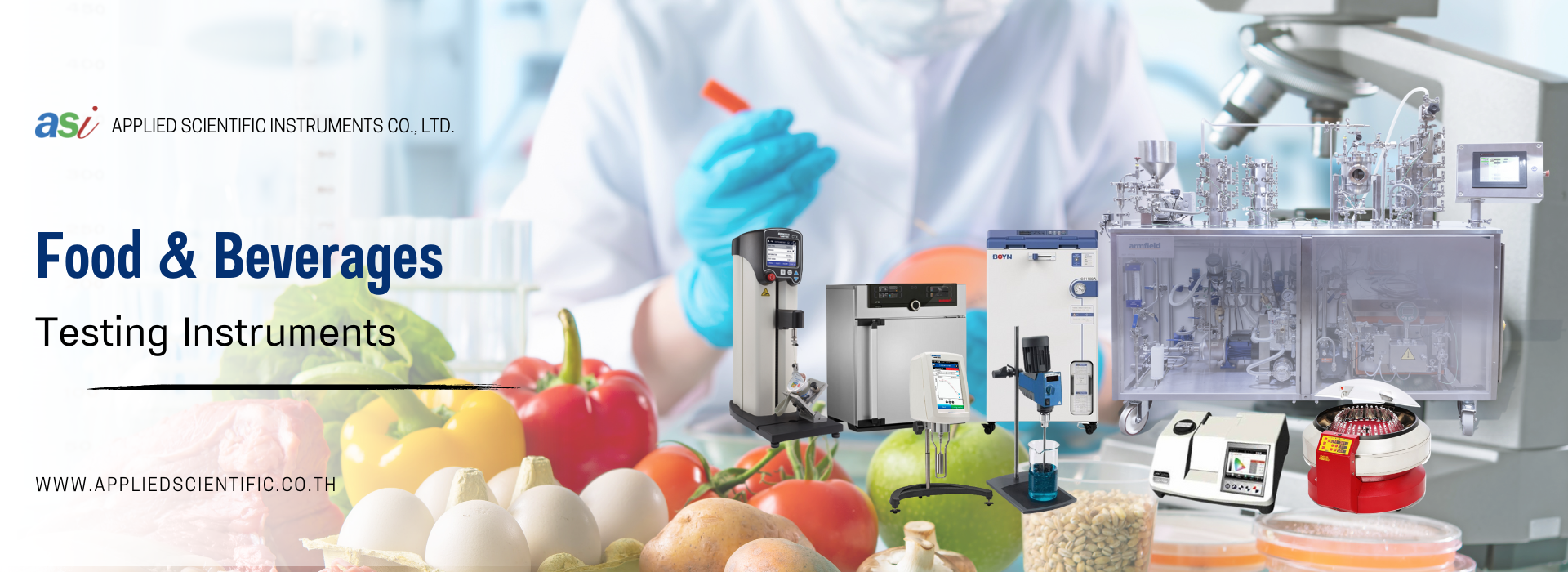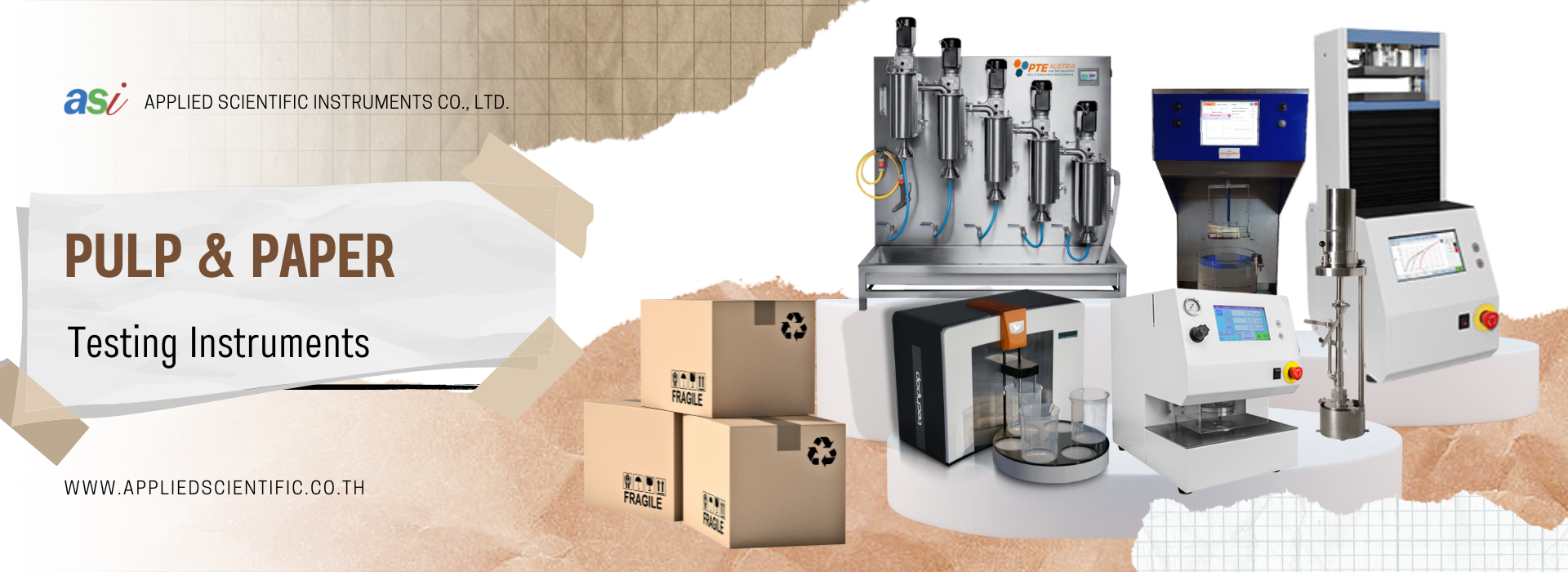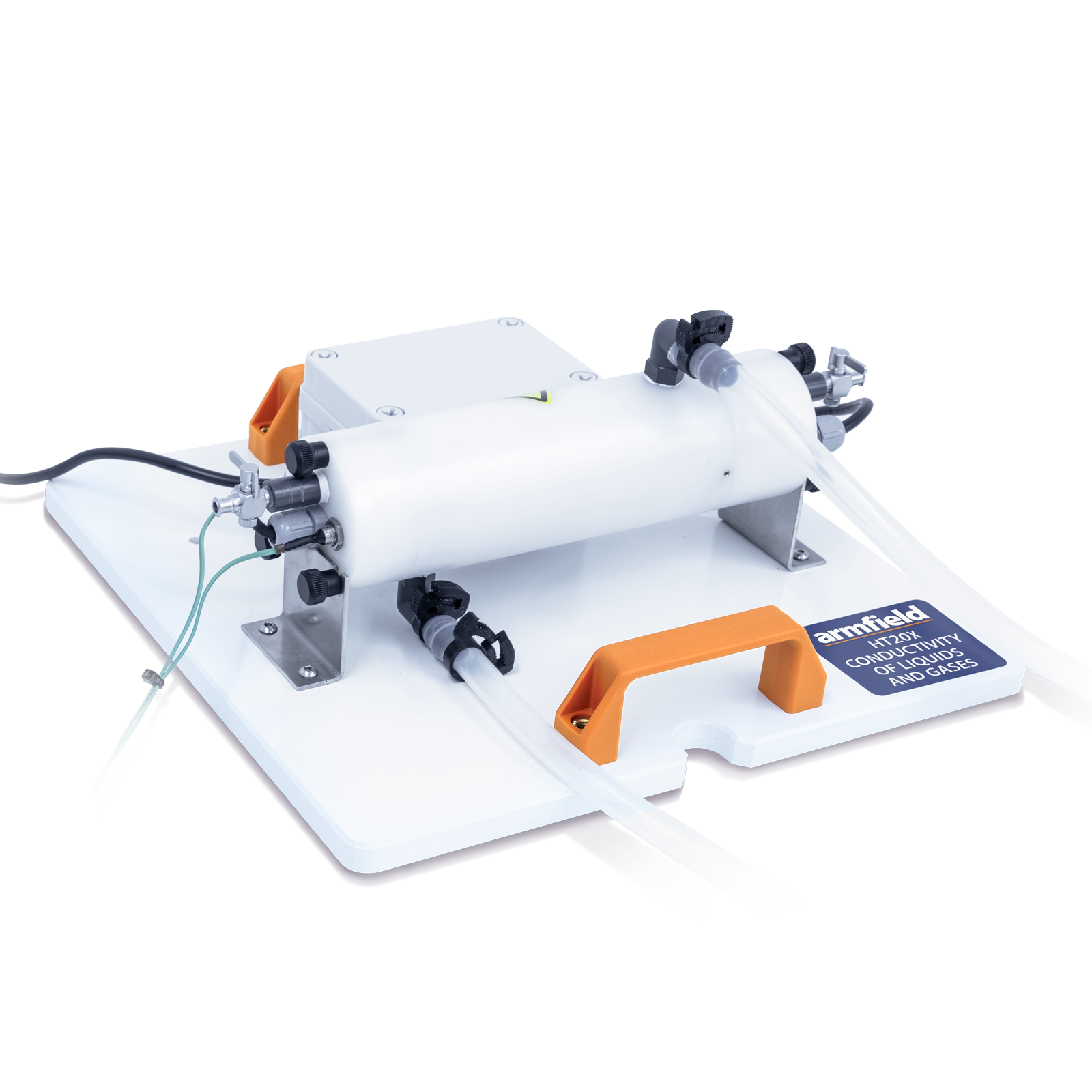
Conductivity of Liquids and Gases
20 เมษายน 2566
ผู้ชม 287 ผู้ชม
DESCRIPTION
The Armfield Conductivity of Liquids and Gases unit has been specifically designed to enable students to measure and compare the thermal conductivities of various liquids and gases. It’s designed to facilitate quick and effective cleaning and to minimise thermal losses.
The unit comprises a cylindrical, electrically heated, nickel-plated aluminium core surrounded by a nickel-plated aluminium sleeve. The core and the sleeve are arranged so that a uniform narrow annular gap is created between the two parts, which is filled by the liquid or gas to be analysed.
The temperature on each side of the fluid is measured by thermocouples in the surface of the core and the sleeve.
The HT10X service unit is provided with an electronic proportioning valve and flow meter to control and measure the water flow. The unit incorporates an insulated jacket to minimise heat exchange from and to the atmosphere.
The fluid to be tested is injected into the annular gap between the heated core and the cooled jacket using a hypodermic syringe.
Measurement of the temperature difference between the heated and cooled surfaces together with the power supplied to the heater (measurement of DC voltage and current) using HT10X allows the conductivity of the fluid to be calculated. The surface area and thickness of the fluid sample remain constant during all tests.
EXPERIMENTAL CONTENT
- Understanding the use of the Fourier rate equation in determining the rate of heat flow by conduction through liquids or gases
- Measuring the constant of proportionality (the thermal conductivity k) of different liquids such as water and glycerol
- Calibrating the unit for heat losses using a gas, such as air with known thermal conductivity, then measuring the temperature difference across different gases, such as carbon dioxide and helium to determine their thermal conductivity k
TECHNICAL SPECIFICATIONS
Thickness of fluid sample – 0.5mm (Fixed by the annular gap)
Nominal heat transfer area – 1.225 x10-2 m²
Gas / liquid sample volume – 6.126ml
Maximum heater power – 200W at 24V
Maximum operating temperature – 90°C (limited by integral thermostat)
FEATURES & BENEFITS
Software: A full armBus educational software suite is provided with the HT10X for all the Armfield heat transfer accessories.
Individual experiment interfaces and displayed data types vary to match selected experiment accessories, common examples are listed below:
- Temperatures and other signals such as flow rates, heater voltage and current are displayed on a diagrammatic representation of the equipment
- Control outputs are operated by a control slider or typing in a value between 0 and 100%. Sensor values are read directly in engineering units
- PID automatic control option is available, permitting the temperature set-point to be achieved quickly and precisely, coping with disturbance rejection
- A maintenance screen allows for PID parameter adjustment and thermocouple calibration
- Data from the sensors are logged into a spreadsheet format, with operator control over the sampling intervals (or ‘single-shot’)
- Sophisticated graph-plotting facilities are provided, including plotting of both measured and calculated values
- Graphs update in real-time as the samples are being taken
- Processing of measured values to obtain calculated values is linked to the questions and answers to ensure student understanding
- Experiment data samples are saved, or exported in Microsoft Excel format
- Real-time sensor data is displayed independently from the data logging. It is possible to check the recent history graphical display to inspect the temperature stability prior to taking a sample


